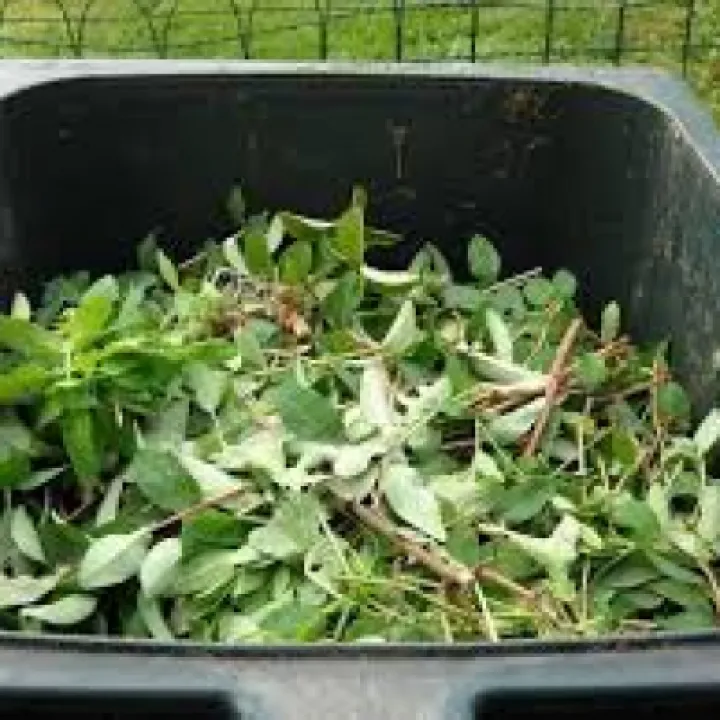Hazel Catkins in Tarvin Woodland

Users of the woodland cannot fail to have noticed hazel bushes or trees, even if they have not recognised them. In the original woodland, the bushes are all of a good age and so have been coppiced (cut down close to ground level and allowed to regrow) – often several times. However, in the Saxon Heath woodland, the bushes have yet to begin their first cycle of coppicing and re-growth and are producing catkins in abundance! The catkins begin to form in the late Autumn, January and early February. They are clearly evident as pale green "tassels" hanging from the branches. These are the male flowers of the hazel. Once ripened, they become yellow and produce tiny grains of pollen (male cells) which are dispersed by the wind.

The female flowers are much less evident and, unlike the catkins (which hang there for all to see), they must be deliberately looked for. They are very small and are mostly concealed within the buds on the same branches which bear the catkins. A careful search will reveal tiny, bright red styles sticking out at the top of a bud and it is on these sticky styles that pollen may land if the wind has blown it in the right direction.


In nature, the dispersal of hazelnuts is, of course, largely done by squirrels, who rely on the nuts as their

In previous years, the only hazels in our woodland that might produce nuts would be the ones which were far enough through their coppicing cycle to begin to produce flowers. This limited the quantity of nuts available – and the squirrels usually got there first! However, this year we have a large number of hazels flowering in the Saxon Heath section of the woodland and there is a fair possibility that there may be too many for the squirrels to "squirrel" all of them away – in which case, there may be some for us! The usual rules about fruits in the woodland will apply – please help yourself but don't be greedy. Please leave some for others to enjoy as well. And, in the meanwhile, enjoy the sight of the catkins waving in the breeze and realise that, like the snowdrops, they are showing us the certainty of spring – and giving us the promise of better times.
Quick Links
Get In Touch
TarvinOnline is powered by our active community.
Please send us your news and views.







